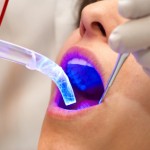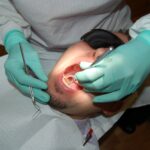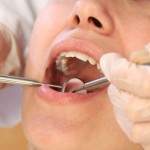
This Cochrane diagnostic test accuracy review of fluorescence-based devices for the detection and diagnosis of enamel caries included 131 studies with 114 datasets from 79 studies contributing to the meta-analyses.
[read the full story...]
This Cochrane diagnostic test accuracy review of fluorescence-based devices for the detection and diagnosis of enamel caries included 131 studies with 114 datasets from 79 studies contributing to the meta-analyses.
[read the full story...]
This Cochrane review assessing the diagnostic test accuracy of index tests for the detection and diagnosis of root caries in adults included 4 studies and 4997 root surfaces. The studies were all at high risk of bias meaning the available evidence is of very low certainty
[read the full story...]
Earlier this week (Dental Elf 15th Oct 2013) we looked at a systematic review that looked at a range of the newer aids for detecting caries. The aim of this review was to synthesize the findings about the accuracy of fluorescence-based methods in detecting caries lesions on occlusal, approximal and smooth surfaces of both permanent [read the full story…]

Caries is one of our commonest diseases and increasing emphasis is being placed on identifying its earliest stages in order to employ effective interventions. Visual examination and radiographs have been the traditional approaches to caries detection but newer adjunctive methods based on fiber-optics, fluorescence or electrical impedance have been developed and introduced during the past [read the full story…]

Yesterday we looked at the management of large carious lesions and today we are considering the other end of the caries process, the detection of the early or non-cavitated carious lesion (NCCLs). With changes in the severity of dental disease in some population there has been more interest in the identification and management of the [read the full story…]